amet et
Books Authored
Latest
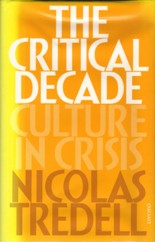
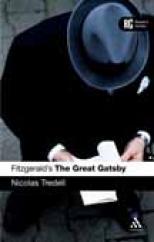
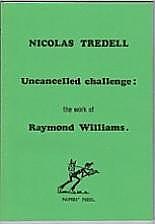
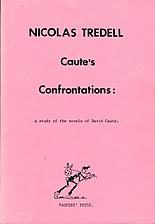
*******************************************************************************************************************************************
The Novels of Colin Wilson (London: Vision; Totowa, New Jersey: Barnes and Noble, 1982). Revised and expanded ebook edition: Existence and Evolution: The Novels of Colin Wilson (Richmond, California: Maurice Bassett , 2004) (
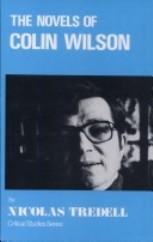
1st edn: ‘an excellent place to begin reading about one of Britain’s more idiosyncratic writers’ - John V. Knapp, Modern Fiction Studies
'usefully explores the relationship to Shaw and Wells, the popular elements in the novels, and the quality of Wilson's existentialism' - Year’s Work in English Studies
2nd edn: ‘the most authoritative and detailed assessment of Wilson’s fiction to date’ - Colin Stanley, Colin Wilson, the first fifty years: an existential bibliography, 1956-2005
*******************************************************************************************************************************************
Uncancelled Challenge: The Work of Raymond Williams (Nottingham: Paupers, 1990)k

This study seeks to outline Williams's career, to discuss his major writings from Reading and Criticism to People of the Black Mountains and to explore the possibilities and problems which his 'uncancelled challenge' still presents. Williams's work forms 'a sustained attempt to integrate personal experience, cultural, social and politicaly analysis, literary criticism and theory, fiction and drama, and socialist commitment into an ongoing practice that sought both to interpret and change the world' (p. 90).
*******************************************************************************************************************************************
The Critical Decade: Culture in Crisis (Manchester: Carcanet, 1993)

'lucid, urbane and witty ... an excellent guide ... [Tredell] has the rare capacity to explain ideas without reducing them by oversimplification. He shows an admirable intellectual generosity but writes sharply when his subjects require it' - Bernard Bergonzi, The Tablet (1994)
war' - Mark Ford, Times Literary Supplement (1994)
*******************************************************************************************************************************************
Caute’s Confrontations: The Novels of David Caute (Nottingham: Paupers, 1994)

This is the only full-length study of the novels of a remarkable writer whose fiction is notable for its vivid political engagements and bold structural experiments. 'If English fiction and criticism want to meet the political, cultural and aesthetic challenges of today's world, they can learn from Caute's confrontations' (p. 117)
*******************************************************************************************************************************************
Fighting Fictions: The Novels of B. S. Johnson, second revised and updated edition (Nottingham: Paupers, 2010)
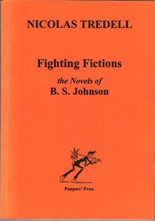
Praise for the first edition
'very well-informed … If a reappraisal [of Johnson] was called for, Tredell showed how it could be done’ - Sir Frank Kermode, London Review of Books (2004)
'A concise and readable introduction' - Jonathan Coe, Like a Fiery Elephant: The Story of B. S. Johnson (2004)
'Tredell's strength is in continually returning to the questions posed by Johnson's "open, broken, unfinished" novels and their various challenges to literary convention and the political status quo' - Glyn White, Re-reading B. S. Johnson (2007)
'a key text ... this important turning-point in Johnson studies' - Julia Jordan, Oxford Bibliographies Online (2017) - click here
********************************************************************************************************************************************
Shakespeare: Macbeth: A Reader's Guide to Essential Criticism (Basingstoke and London: Palgrave Macmillan, 2006)
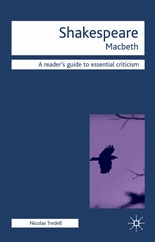
'This Guide both covers the full range of responses to Macbeth and discusses essential criticism in real depth; it gives a sense of the unfolding critical history and of the continuing excitement of thinking about the play' - Nick Potter, Swansea Institute, UK
*******************************************************************************************************************************************
Fitzgerald's The Great Gatsby: A Reader's Guide (New York and London: Continuum, 2007)

************************************************************************************************************************************************
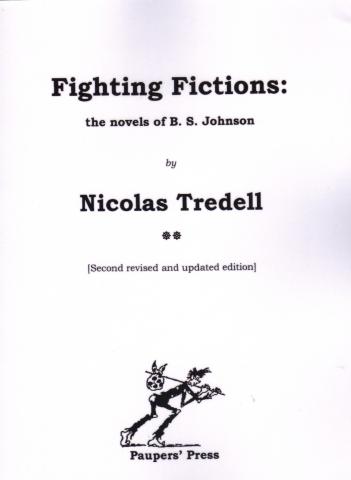

A Midsummer Night's Dream is an enchanting and extraordinary comedy. With its rich poetry and vigorous prose, and its combination of magic, myth, romance and humour, it ranks among Shakespeare's most popular and memorable plays. However, it has also increasingly been recognized as a profound and penetrating exploration of love, desire, gender, social hierarchy, dramatic art, imagination and vision.
In this Reader's Guide, Nicolas Tredell:
*explores the key critical responses to the play, from the late seventeenth to the twenty-first centuries
*provides succinct and searching accounts of the most vibrant commentaries and interpretations
*sets these accounts in their critical, theoretical and historical contexts
Informed and incisive, this survey is an invaluable resource for students, teachers and all those who wish to enhance their grasp of Dream criticism and engage in the ongoing critical debates about the play.
'This is a helpful book: it identifies key critical accounts; it organises them effectively within a larger narrative that is not at all intrusive; it summarises them clearly and illustrates its summaries with well-chosen quotation. Its guidance is always helpful and balanced and the book provides overall a very good grounding in criticism of the play' - Nick Potter, Swansea Metropolitan University, UK
'Tredell works through chronologically, summarising concisely and quoting effectively, giving a comprehensive account of the full range of criticism' - John Haddon, The Use of English
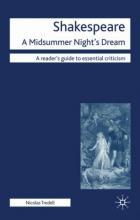
D
***********************************************************************************************************************************************************************************************************************
Shakespeare: A Midsummer Night's Dream: A Reader's Guide to Essential Criticism (Basingstoke and London: Palgrave Macmillan, 2010)C
**************************************************************************************************************************************************************************************
F. Scott Fitzgerald: The Great Gatsby / Tender is the Night: Analysing Texts series (Basingstoke and London: Palgrave Macmillan, 2011)
.
'Nicolas Tredell's examination of The Great Gatsby and Tender is the Night is a rare critical look at two of F. Scott Fitzgerald's most important texts, side by side. While the two novels have often been interpreted, rarely are they read in tandem, as this study does. Insightful, intelligent and thought-provoking, this study provides fascinating contexts within which new dimensions of both novels are brought to the fore, in light of each other' - Stephanie Smith, University of Florida, USA
The Great Gatsby and Tender is the Night are F. Scott Fitzgerald's best-known novels. They draw on Fitzgerald's own vivid experiences in the 1920s but transform them into art.
Part I of this indispensable study:
*provides interesting and informed close readings of key passages
*examines how each novel starts and ends
*discusses key themes of society, money, gender and trauma
*outlines the methods of analysis and offers suggestions for further work
Part II supplies essential background material, including:
*an account of Fitzgerald's life
*a survey of historical, cultural and literary contexts
*samples of significant criticism
Also featuring a helpful Further Reading section, this volume equips readers with the critical and analytical skills which will enable them to enjoy and explore both novels for themselves.
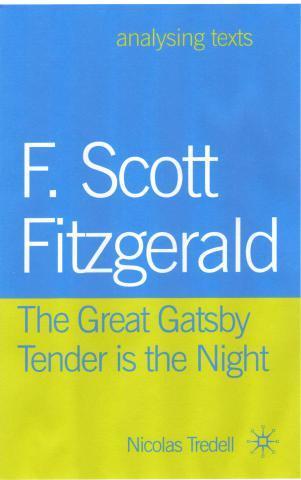
'The strengths of this work are its completeness in dealing with Snow's work and the research done on the original reviews of the fiction. Accessible across academic disciplines, this could become the general introduction to Snow studies for the next academic generation' - Terrance L. Lewis, Associate Professor, History/Social Sciences, Winston-Salem State University, USA
C. P. Snow was a massive and contentious presence in the twentieth century. Readers relished his novels but critics condemned them; his lectures crystallized crucial issues but provoked fierce attacks; and the two phrases he coined, 'corridors of power' and 'the two cultures', passed into the English language and spread round the world. But since his death in 1980 the full range of his writing has received little attention. This is the first twenty-first century book to survey all Snow's novels and his major nonfiction in a clear, lively, informed and sympathetic way. It explores his early genre fiction, his 'Strangers and Brothers' series and his last novels; examines The Two Cultures and Science and Government and the controversies they continue to arouse; considers his biographical accounts of leading authors, scientists and statesmen such as Trollope, Einstein and Churchill; and affirms the continued importance of his work to the world today.
***********************************************************************************************************************************************
C. P. Snow: The Dynamics of Hope (Palgrave Macmillan, 2012)
.
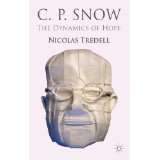
David Copperfield and Great Expectations are two of Dickens’s most popular novels. Both are examples of the Bildungsroman, the novel of personal development and education by life, but they do not simply take over an already established form – rather, they enlarge and enrich ideas of what the Bildungsroman can encompass. Both have first-person narrators who look back on their experiences as children and young men from a later perspective, employing sophisticated adult language in their descriptive prose, withholding information to create suspense and produce dramatic climaxes, and moving between vivid recreation of their earlier experiences and more distanced views. Both have characteristic Dickensian qualities: an eloquent command of language, in terms of sentence structure, punctuation, rhythm, imagery and symbolism; complex plots packed with twists, turns, complications and surprises; a rich generic mixture which weaves into the Bildungsroman elements of comedy, tragi-comedy, realism, romance, fairy tale, fantasy, melodrama, gothic fiction and thriller; obsessive, grotesque and eccentric characters who incarnate extreme psychological states linked to key elements of Victorian society; vividly realized settings - landscapes, cityscapes and interiors - which echo and amplify the emotional states and ethical and social issues the novels explore; an emotional and tonal range which includes joy, laughter, love, loss, terror, sublimity, pathos, and pain; and a concern with the proper way to live one’s life and organize society. Both novels powerfully portray isolated childhoods in which the protagonists suffer physical and psychological violence from some of those who should care for them. Both trace patterns of upward mobility as the protagonists achieve greater prosperity and social status. Both move between rural settings close to river and sea and the metropolis of London. Both show their protagonists experiencing shocks, setbacks and losses which culminate in breakdowns from which they eventually make some some kind of recovery.
Part I of this book analyses key passages from the text of David Copperfield and Great Expectations and explores the ways in which they use the resources of language to develop their novels’ themes. It aims to build up an increasingly rich understanding of each novel, and of the comparisons between them, which starts from, and returns to, the details of the texts.
Part II provides an account of Dickens's life, a survey of the historical, cultural and literary contexts of his work, samples of significant criticism and suggestions for further reading.
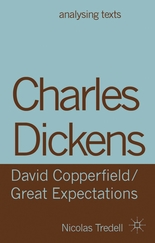

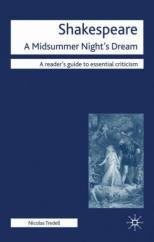
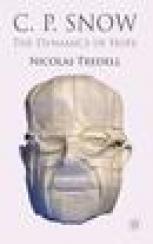
"A valuable addition to surveys of Shakespeare criticism through the ages." - Jill Ingram, Ohio University, USA
Shakespeare's tragedies are among the most potent works in world literature and they have generated a rich and diverse body of commentary. This Guide explores the essential criticism that has helped to shape our understanding and appreciation of these complex and challenging texts, tracing their critical history from the seventeenth to the twenty-first century and considering them in light of character, imagery, form, archetype, myth, ritual, gender, sexuality, ecology, ethnicity, philosophy and religion to provide a compelling journey through a major field of human thought.
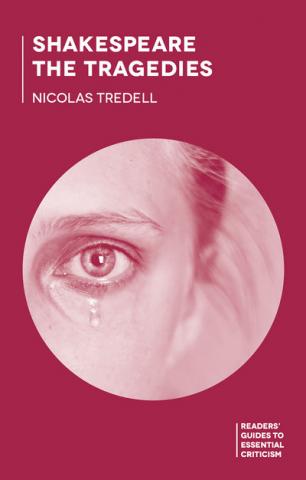
D
***********************************************************************************************************************************
c
Charles Dickens: David Copperfield / Great Expectations. Palgrave Macmillan Analysing Texts series (Palgrave Macmillan, 2013).
********************************************************************************************************************************************
Shakespeare - The Tragedies: A Reader's Guide to Essential Criticism (Palgrave Macmillan, 2014)

This is a comprehensive account of Colin Wilson's fiction that covers his 20 published novels, his novellas and short stories, and his unpublished, incomplete and projected work. It sets his fiction in the context of his life, autobiographical writing and existential literary criticism and relates it to his studies of philosophy, psychology, sexuality, crime and the occult.
Colin Wilson: Novels to Some Purpose is the definitive twenty-first-century guide to the novels of a notable but unduly neglected modern writer.
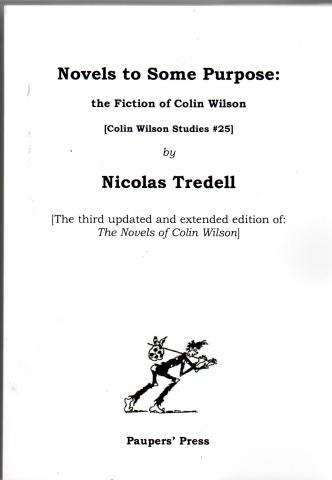
Novels to Some Purpose: The Fiction of Colin Wilson (Paupers' Press, 2015)
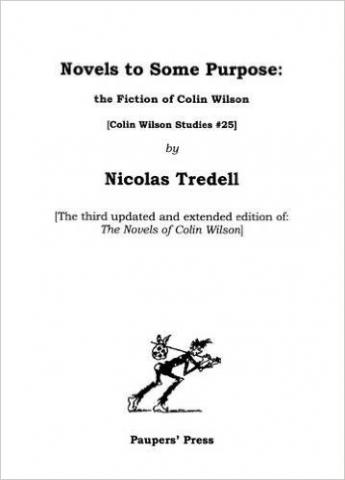
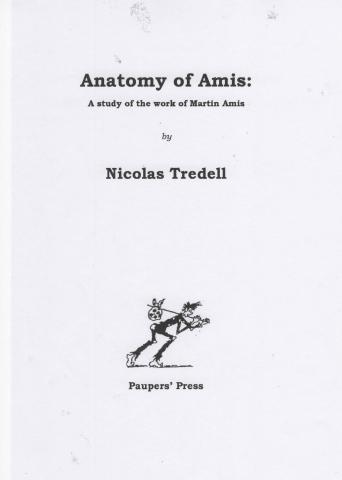
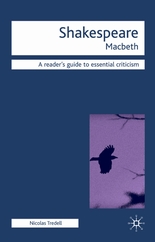
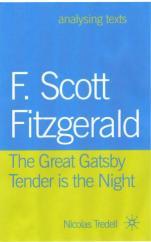
********************************************************************************************************************************************

T
Anatomy of Amis offers the fullest account yet of the oeuvre of Martin Amis, covering his novels, short stories and nonfiction. It aims to provide a thoughtful and thorough exploration and assessment of an body of work that has greatly enriched contemporary Anglophone literature and cultural life but has provoked much controversy.